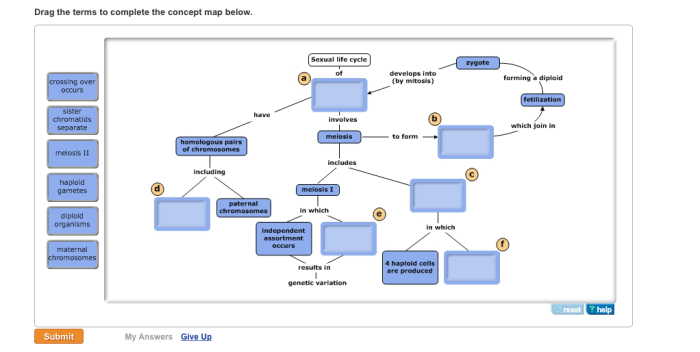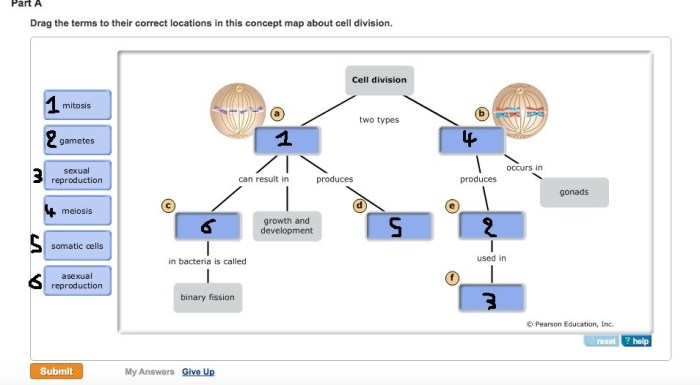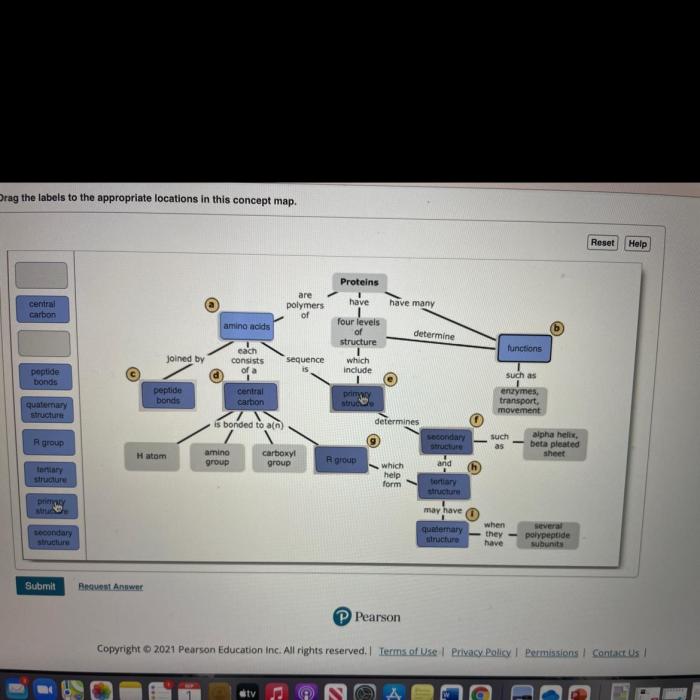Drag the terms to complete the concept map below: a comprehensive guide that empowers you to master the art of visual knowledge organization. This detailed exploration delves into the intricacies of concept mapping, providing a wealth of insights and practical techniques to enhance your understanding and unlock the full potential of this powerful tool.
Through a series of engaging and informative sections, this guide will equip you with the knowledge and skills to create, analyze, and collaborate on concept maps with ease. Whether you’re a student, researcher, or professional, this guide will serve as your indispensable companion on your journey to mastering concept mapping.
Concept Mapping: Definition and Purpose

Concept mapping is a graphical tool that visually represents relationships between concepts. It consists of nodes, which represent concepts, and lines, which represent the relationships between them. Concept maps are used to organize and structure knowledge, making it easier to understand and remember.Concept
maps have several benefits, including:
- Improved understanding: Concept maps help to clarify relationships between concepts, making it easier to understand the overall structure of a topic.
- Enhanced memory: Visualizing relationships between concepts helps to improve memory and recall.
- Effective communication: Concept maps can be used to communicate complex ideas in a clear and concise way.
- Problem-solving: Concept maps can be used to identify patterns and relationships, which can help to solve problems and make decisions.
Examples of concept maps include:
- A concept map of the solar system, showing the relationships between the planets and the sun.
- A concept map of the human body, showing the relationships between the different organs and systems.
- A concept map of the history of the United States, showing the relationships between major events.
Creating a Concept Map
To create a concept map, follow these steps:
- Identify the main topic or concept.
- Generate related terms or concepts.
- Organize the terms and concepts into a hierarchical or network structure.
- Use arrows or lines to connect the terms and indicate relationships.
HTML Table for Concept Map
An HTML table can be used to create a responsive concept map with up to 4 columns. The terms and concepts can be organized into the table cells, and colors, borders, and other formatting can be used to enhance the visual representation.
Drag-and-Drop Functionality
Drag-and-drop functionality can be implemented to allow users to move the terms and concepts within the table. This allows for easy reorganization and editing of the concept map.
Concept Map Analysis
Concept maps can be analyzed to identify patterns and relationships within the data. This can help to generate insights or draw conclusions.
Collaboration and Sharing, Drag the terms to complete the concept map below
Concept maps can be shared and collaborated on by multiple users. This allows for group work and feedback on the concept map.
Q&A: Drag The Terms To Complete The Concept Map Below
What are the benefits of using concept maps?
Concept maps offer numerous benefits, including improved comprehension, enhanced memory, facilitated collaboration, and increased problem-solving abilities.
How can I create a concept map?
To create a concept map, start by identifying the main topic or concept. Then, generate related terms or concepts and organize them into a hierarchical or network structure. Use arrows or lines to connect the terms and indicate relationships.
What is the purpose of drag-and-drop functionality in concept mapping?
Drag-and-drop functionality allows users to move terms and concepts within the concept map, enabling them to explore different relationships and perspectives.


